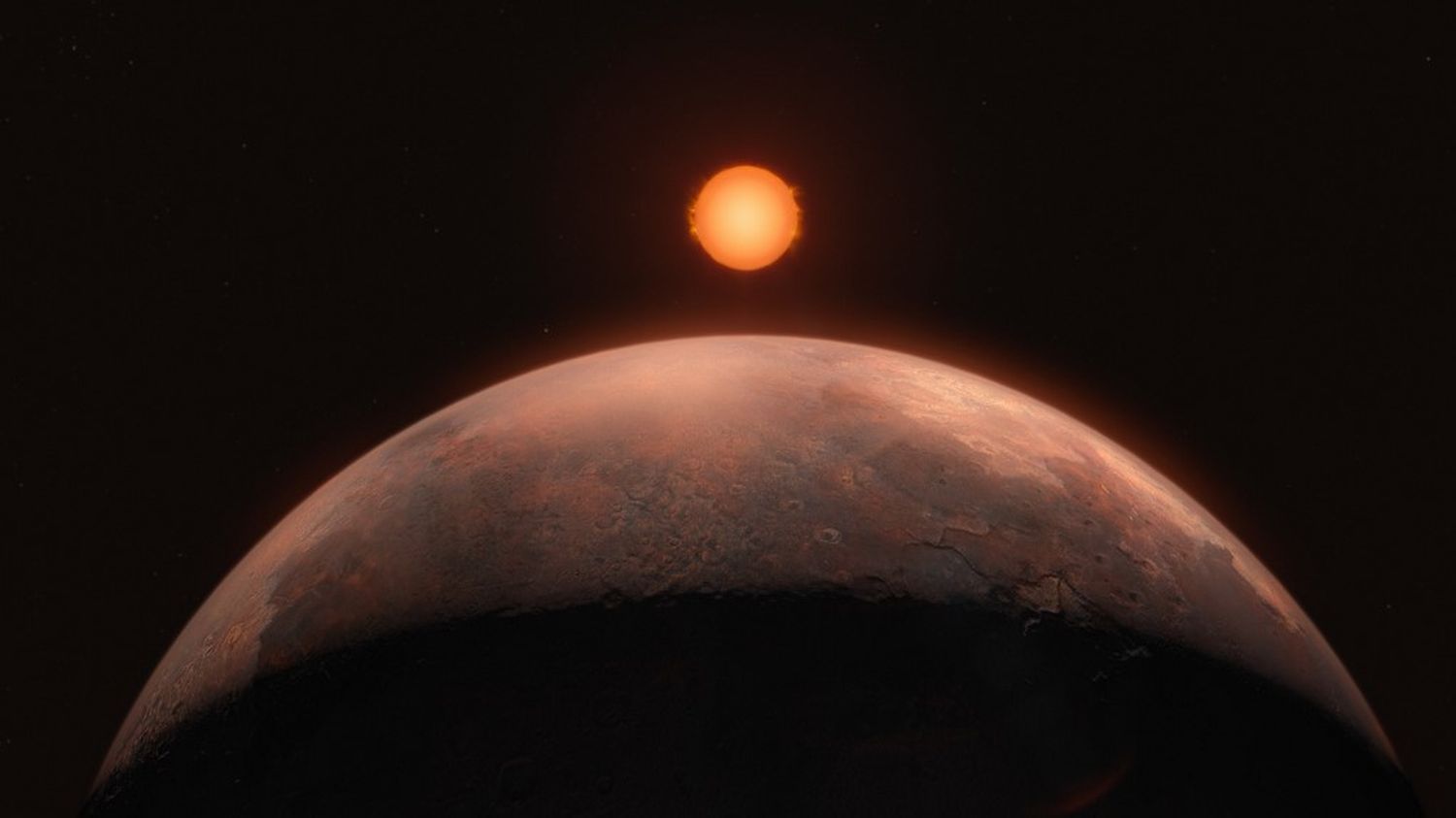This exoplanet orbits a red dwarf, Barnard’s star, located in the constellation Slytherin, 56.8 trillion kilometers from Earth, a neighbor on the scale of the universe.

Published
Updated
Reading time: 2 min

She is located at “only” six light years, a year lasts three Earth days and it is 125°C. Thanks to the Very Large Telescope (VLT) located in the Atacama Desert, Chile, astronomers from the European Southern Observatory (ESO) have discovered an exoplanet around Barnard’s star, one of the closest to our Sun. Called “Barbard b”, this exoplanet, presented Tuesday October 1 in the magazine Astronomy and Astrophysics, “shows that our cosmic backyard is full of low-mass planets”, notes Alejandro Suárez Mascareño, researcher at the Canary Islands Institute of Astrophysics (Spain) and co-author of the study.
“Barnard b is one of the least massive exoplanets known and one of the few with a mass less than that of Earth”underlines Jonay González Hernández, researcher at the same institute and main author of the study. “But the planet is too close to the host star” to be in the habitable zone, that is to say the zone where water can exist in the liquid state on the surface of the planet. And for good reason: “Even though the star is cooler than our Sun by about 2 500 degrees is too hot to keep liquid water on the surface.” he adds.
Since the discovery of the first exoplanet, 51-Pegasi-b, in 1995 at the Haute-Provence Observatory, some 5,700 planets have been identified outside our solar system. But only a handful of them are considered to be located in their star’s habitable zone.
Located in the constellation Slytherin, Barnard’s star is the second closest star system to us after the group of three stars of Alpha Centauri, about six light years away, or 56.8 trillion kilometers. . In addition to its proximity, this star constitutes a privileged target in the search for exoplanets similar to Earth because it is a red dwarf, a cold star.
Its “habitable zone” is thus much closer to it than that of hotter stars, such as the Sun. Planets in this zone therefore have shorter orbital periods, allowing astronomers to monitor them for a few days or weeks, rather than for years.
When a planet orbits a star, it exerts a small gravitational force on the latter which causes it to oscillate and move closer or further away from our planet, which can be measured from Earth with spectrographs. It is this “radial velocities” method that was used to detect “Barnard b”. These observations were then confirmed by data from other instruments dedicated to the hunt for exoplanets.
